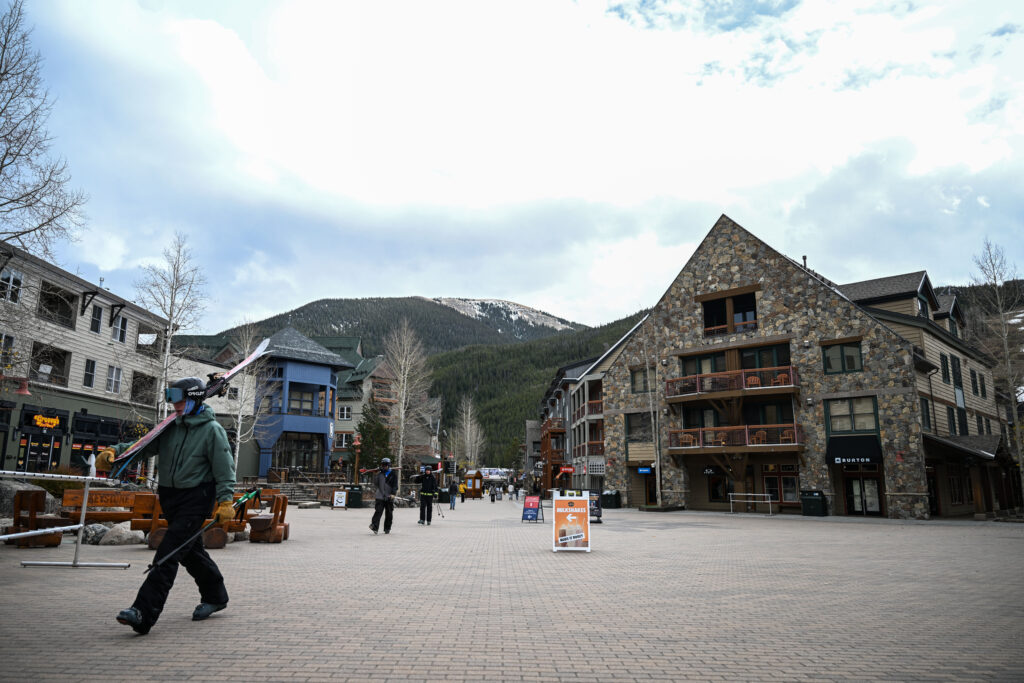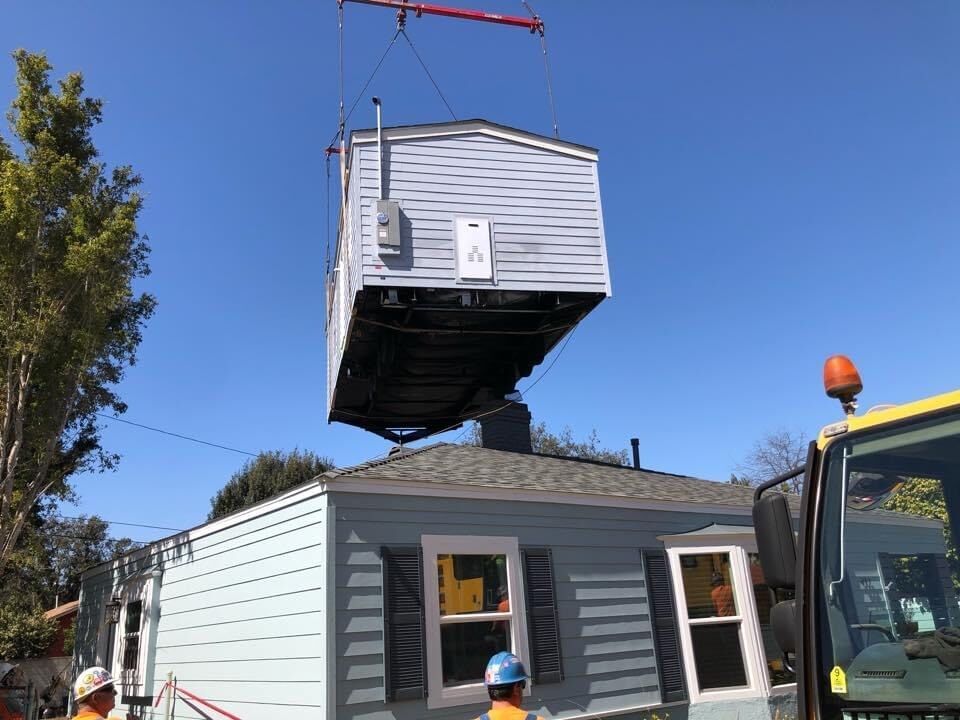EPA takes joint control of gasoline spill cleanup on Southern Ute land
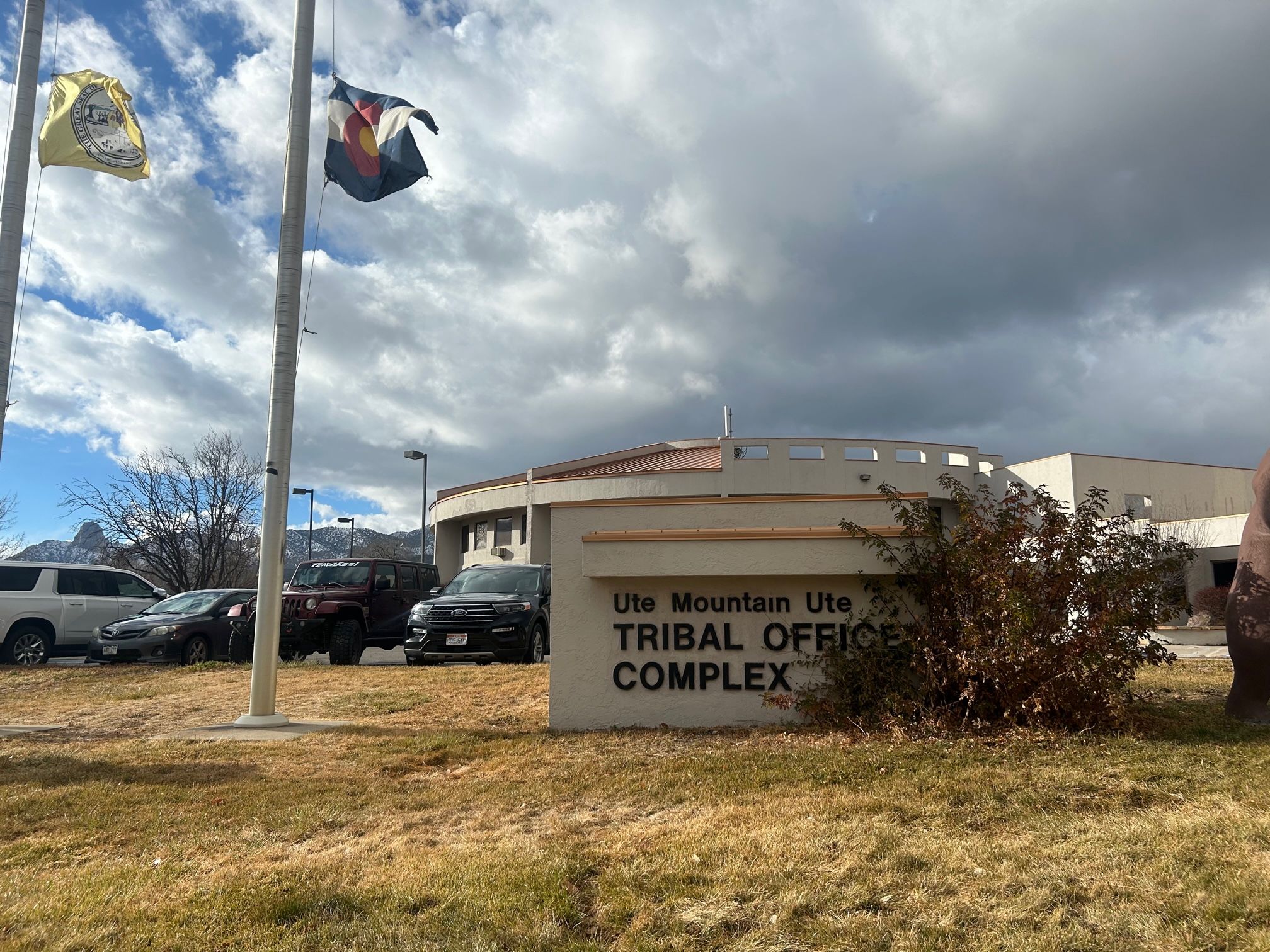
The U.S. Environmental Protection Agency has assumed joint oversight of the cleanup from a 97,000-gallon gasoline pipeline rupture on Southern Ute lands, the tribe announced on Friday.
The move, nearly a year after the Dec. 5, 2024 leak, comes after the agency issued Enterprise Products LLC a formal notice of non-compliance for improper handling of hazardous waste generated during remediation. The agency will now co-manage the response with the Colorado Department of Public Health and Environment and tribal authorities, with a joint inspection set for Dec. 2.
Southern Ute Indian Tribe officials have said the pipeline failure “has resulted in Colorado’s largest spill of its kind,” according to a news release.
“We will not stand by while our ground and surface water, Tribal resources, and the health of our Tribal Members are put at risk,” Chairman Melvin J. Baker said in a May 5 news release. “Enterprise must treat this with the seriousness and urgency it deserves — not just from a regulatory standpoint, but from a moral and environmental one.”
No Tribal wells have been impacted as of May 5, 2025, but the tribe said it will continue independent monitoring to protect its resources.
A corroded weld from the pipeline’s original construction decades ago, joining two sections of the 10-inch Texas Western pipeline, broke, spewing more than 3,700 gallons per minute, roughly the volume of a standard backyard swimming pool escaping every 65 seconds, according to the federal Pipeline and Hazardous Materials Safety Administration (PHMSA) in its post-incident investigation.
Enterprise’s automated leak-detection systems failed to alert operators, and the line ran for 26 minutes after the rupture began.
The spill on Florida Mesa, about 20 miles north of Ignacio, was initially reported at 23,000 gallons. Tribal monitors and state officials forced Enterprise to revise the estimate upward to nearly 97,000 gallons in August after recovery data and modeling showed a far larger release.
More than 20,000 gallons have been recovered, yet a benzene-rich plume continues to migrate downhill. Detections have reached springs, one-third of a mile from the Animas River — the same river that turned bright orange for days when EPA contractors released 3 million gallons of heavy-metal-laden mine waste from the Gold King Mine near Silverton on Aug. 5, 2015.
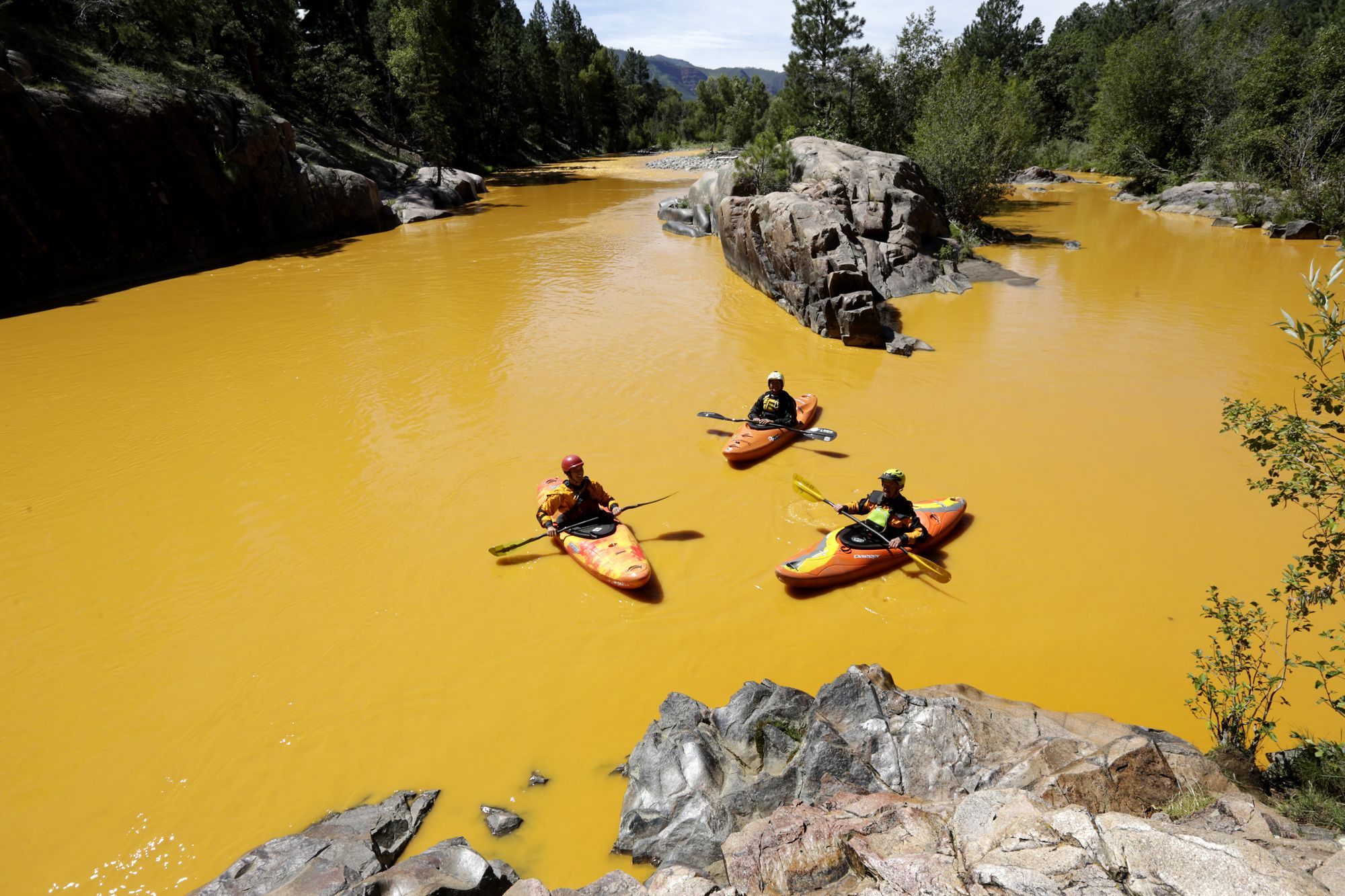
Patrick Cummins, director of environmental health and protection at the Colorado Department of Public Health and Environment, said that the underground plume “is moving primarily south from the site, paralleling the river, not towards the river.”
Enterprise has purchased five homes, installed whole-house carbon filtration systems on dozens more and supplies permanent bottled water to roughly 20 households.
Residents have reported headaches and nausea from gasoline vapors that entered basements, and an estimated 80,000 fingerling trout died at Rainbow Springs Trout Farm shortly after the rupture, the state health agency said.
Cummins told The Denver Gazette in an interview that Enterprise has spent on the order of $20 million to $25 million on the response through October.
Mitchell Dorsk, water quality remediation manager for the Southern Ute Environmental Programs Department, said cooperation is no longer enough.
“Federal enforcement is required to protect the river that is the lifeblood of our people,” Dorsk said.
The tribe has maintained independent monitoring wells since the first week of the spill and now requires weekly joint meetings with Enterprise and state regulators. Tribal staff also installed their own sentry wells downslope of the plume in March after state sampling intervals stretched to 30 days.
Enterprise originally converted the century-old pipeline from natural gas liquids to refined gasoline service in 2023 without a full integrity reassessment, federal records show. The Pipeline and Hazardous Materials Safety Administration issued a corrective action order in January requiring the company to pressure-test the entire Colorado segment.
The rupture occurred on private fee land inside the reservation’s checkerboard boundary, complicating jurisdiction from the start. The state led the initial response, but the tribe invoked its status as a sovereign domestic dependent nation under the Clean Water Act to demand parallel oversight.
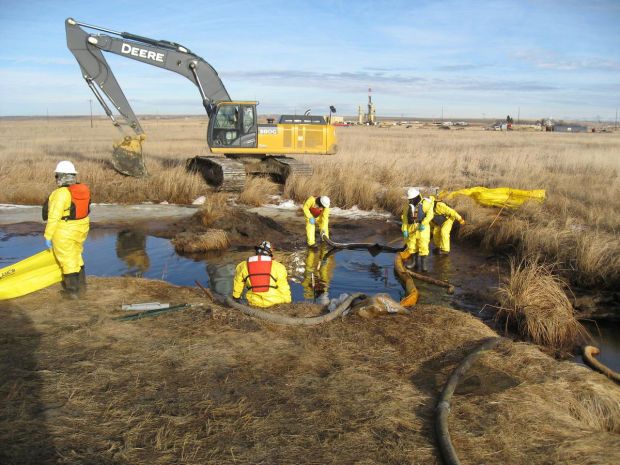
Benzene levels in some monitoring wells exceeded 5,000 parts per billion in early 2025 — 1,000 times the federal drinking-water standard — before dropping as recovery efforts intensified. Tribal officials say the risk to the Animas remains low but not zero because of fractured bedrock pathways.
The Dec. 2 inspection will focus on waste stockpiles that the EPA alleged were improperly characterized and stored near homes. Enterprise must submit a corrected waste-management plan within 30 days or face daily fines.
Plume maps and weekly monitoring results are posted on the tribe’s environmental portal and the state health department’s La Plata County spill page.
Meanwhile, U.S. Sens. Michael Bennet and John Hickenlooper of Colorado and Martin Heinrich and Ben Ray Luján of New Mexico urged Interior Secretary Doug Burgum and BLM Acting Director Bill Groffy in a November letter to retain bonding requirements in the 2024 Onshore Oil and Gas Leasing Rule.
“For years, we have championed stronger bonding standards to make sure oil and gas companies — not taxpayers — pay the true costs of cleaning up oil and gas drilling on federal lands,” the senators wrote in the letter.
“They’re required to continue remediating until the soil and groundwater meet all federal and state health-based and environmental standards,” said Cummins. “And so that will occur over a period of several years as long-term cleanup.”
The 2024 rule modernized federal bonding requirements for the first time since the 1950s and 1960s to reflect reclamation costs that frequently exceed $300,000 per well, the letter said.
Repealing the requirements would shift cleanup costs back onto taxpayers and increase risks of methane leaks, water contamination and habitat degradation across the West, the senators wrote.














